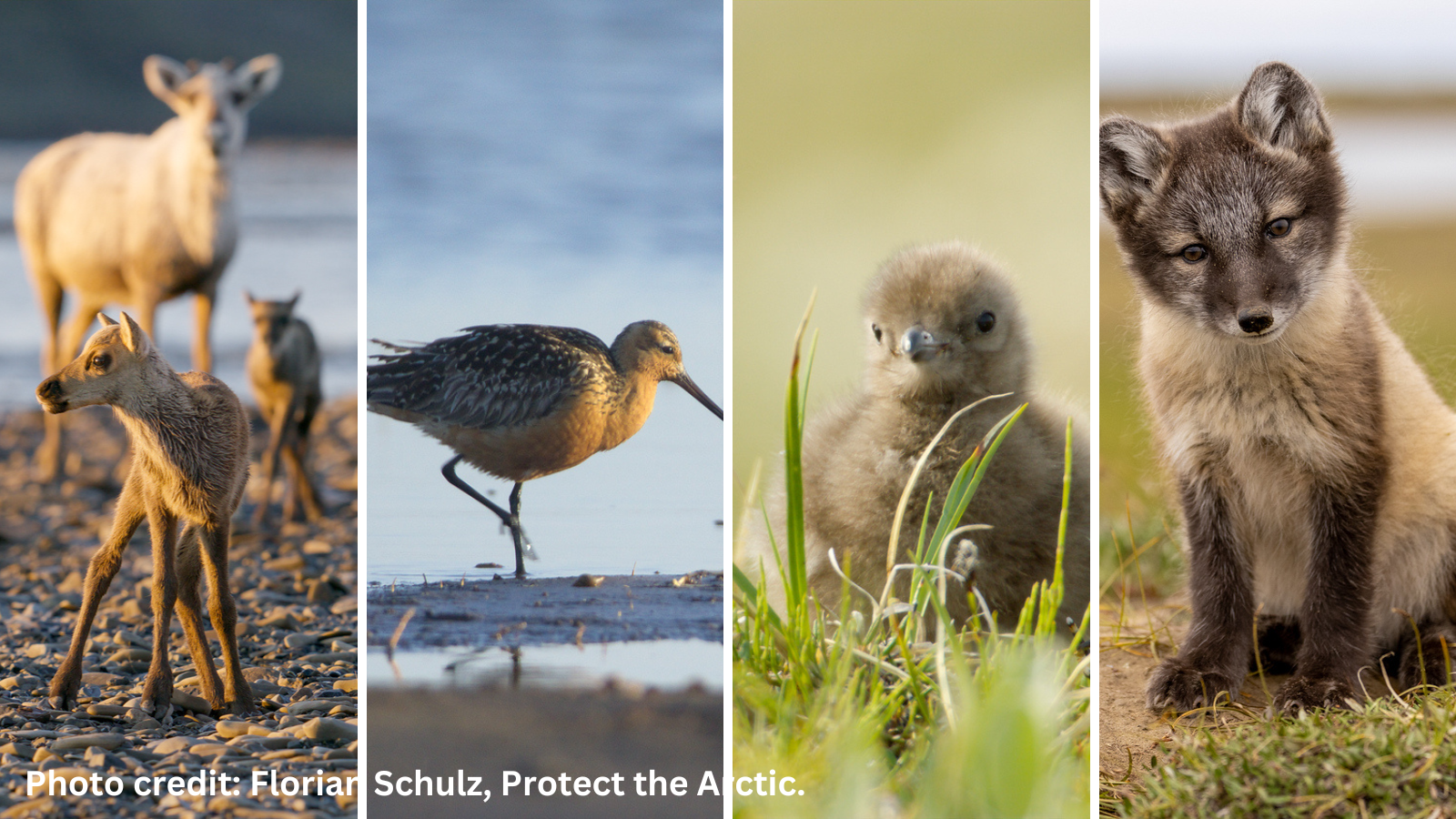
Baaj Nwaavjo I’tah Kukveni – Ancestral Footprints of the Grand Canyon National Monument
The new Grand Canyon National Monument will protect water, wildlife and cultural sites from uranium mining.

What does the new Grand Canyon national monument protect?
The Baaj Nwaavjo I’tah Kukveni – Ancestral Footprints of the Grand Canyon National Monument will permanently protect more than 900,000 acres of land around Grand Canyon National Park. Much of the area has been threatened by uranium mining which threatens water and wildlife.
The area covered by the new monument makes up part of the Colorado River’s Grand Canyon watershed, which provides water for 40 million Americans. These lands also hold millennia worth of traditional, cultural, and spiritual meaning to the tribes who are pushing for the monument. Edmond Tilousi, vice president of the Havasupai Tribe, said “it will protect areas of the Grand Canyon region such as our traditional sweat lodges, ancient trails, red butte, our sacred mountain. It needs to be protected for future generations to come.”
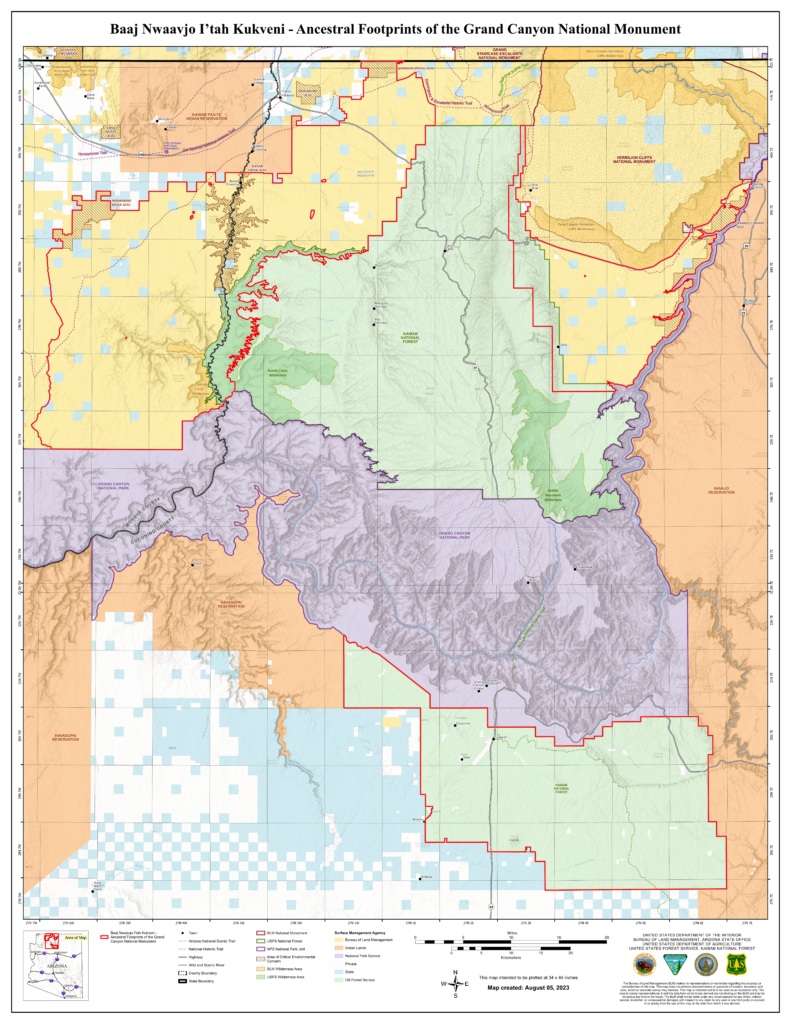
Photo by USDA and USDOI | Public Domain
Years of organizing lead to our latest national monument
The effort to protect this important area has been decades in the making.
In response to calls for permanent protection of the area from uranium mining, Representative Grijalva introduced the Grand Canyon Watersheds Protection Act of 2008. This bill would have permanently protected more than 1 million acres of land around the Grand Canyon. Rep. Grijalva has continued to push versions of this bill forward, as have Senators Sinema and Kelly.
In 2012, after hearing massive amounts of public support, the Obama administration enacted a 20-year ban on new uranium mining claims on federal land around the Grand Canyon National Park
Groups pushed for the Obama administration to make the protection permanent by designating a national monument in the area. This monument was not designated and President Obama left office in 2017.
In April 2023, the Grand Canyon Tribal Coalition proposed to the Biden administration that the President use the powers granted to him by the Antiquities Act to designate a new national monument. The proposed name, Baaj Nwaavjo I’tah Kukveni, means “where Indigenous peoples roam” in Havasupai and “our ancestral footprints” in Hopi.
On July 18 2023, hundreds of people gathered in Flagstaff, Arizona at a public hearing hosted by the Bureau of Land Management and U.S. Forest Service. Tribal leaders, elected officials and members of the public were given the opportunity to share their support or opposition to the proposed monument. The ballroom of the DoubleTree by Hilton Hotel in Flagstaff was full of supporters of the proposed monument.
There are a lot of supporters (blue shirts) in the room. We’ve heard they’ll start with comments from elected officials and Tribal leaders. Everyone gets 2 minutes… pic.twitter.com/NXxFaMTBld
— Ellen (Len) Montgomery 🌎🌳🌲 (@ellenruth) July 18, 2023
Beyond the hearing, polls show that support for protecting the Grand Canyon region is popular in Arizona.
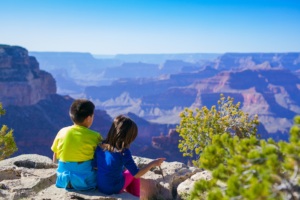
Photo by Pixabay | Pixabay.com
Topics
Authors
Ellen Montgomery
Director, Public Lands Campaign, Environment America
Ellen runs campaigns to protect America's beautiful places, from local beachfronts to remote mountain peaks. Prior to her current role, Ellen worked as the organizing director for Environment America’s Climate Defenders campaign. Ellen lives in Denver, where she likes to hike in Colorado's mountains.
Samantha Crosby
Environment America Intern
Find Out More
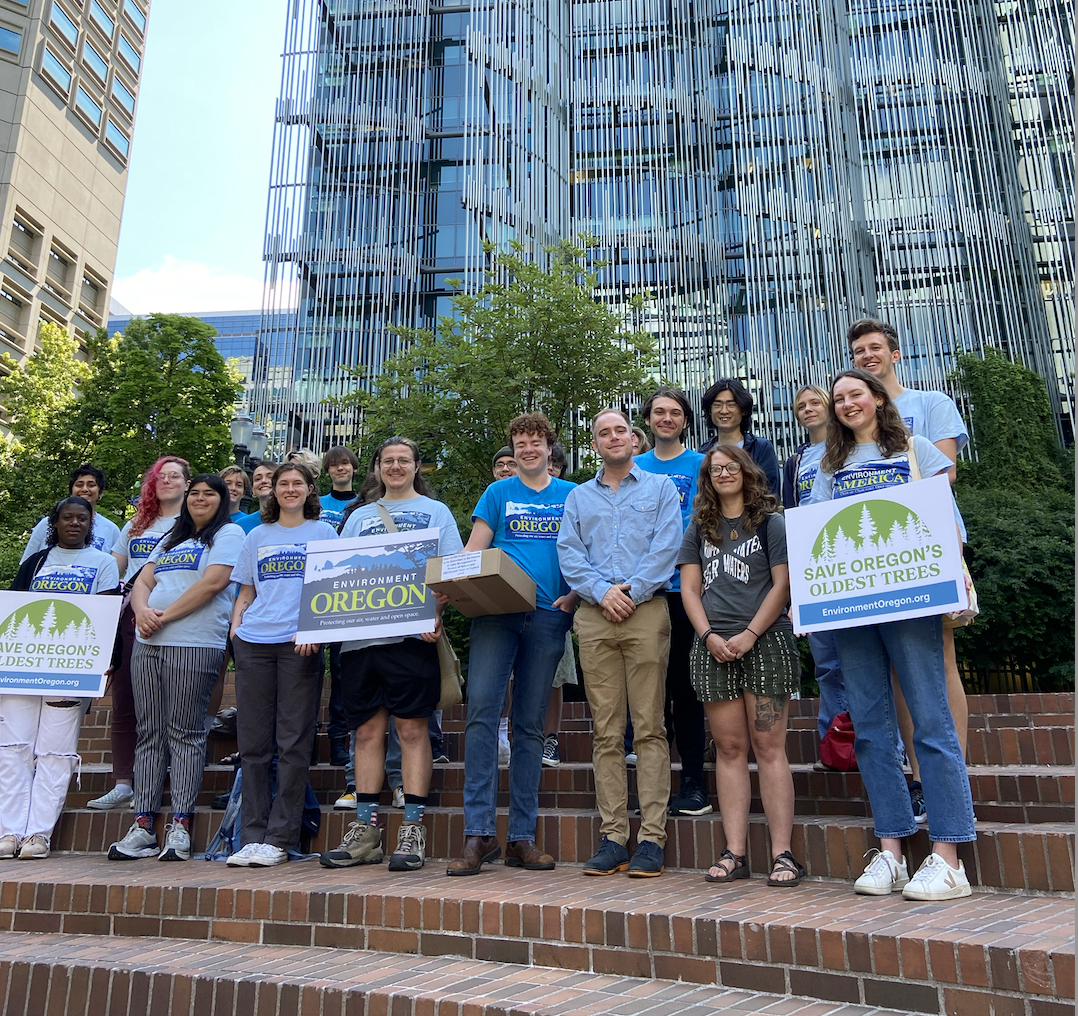
We’re hiring interns who envision a cleaner, greener world
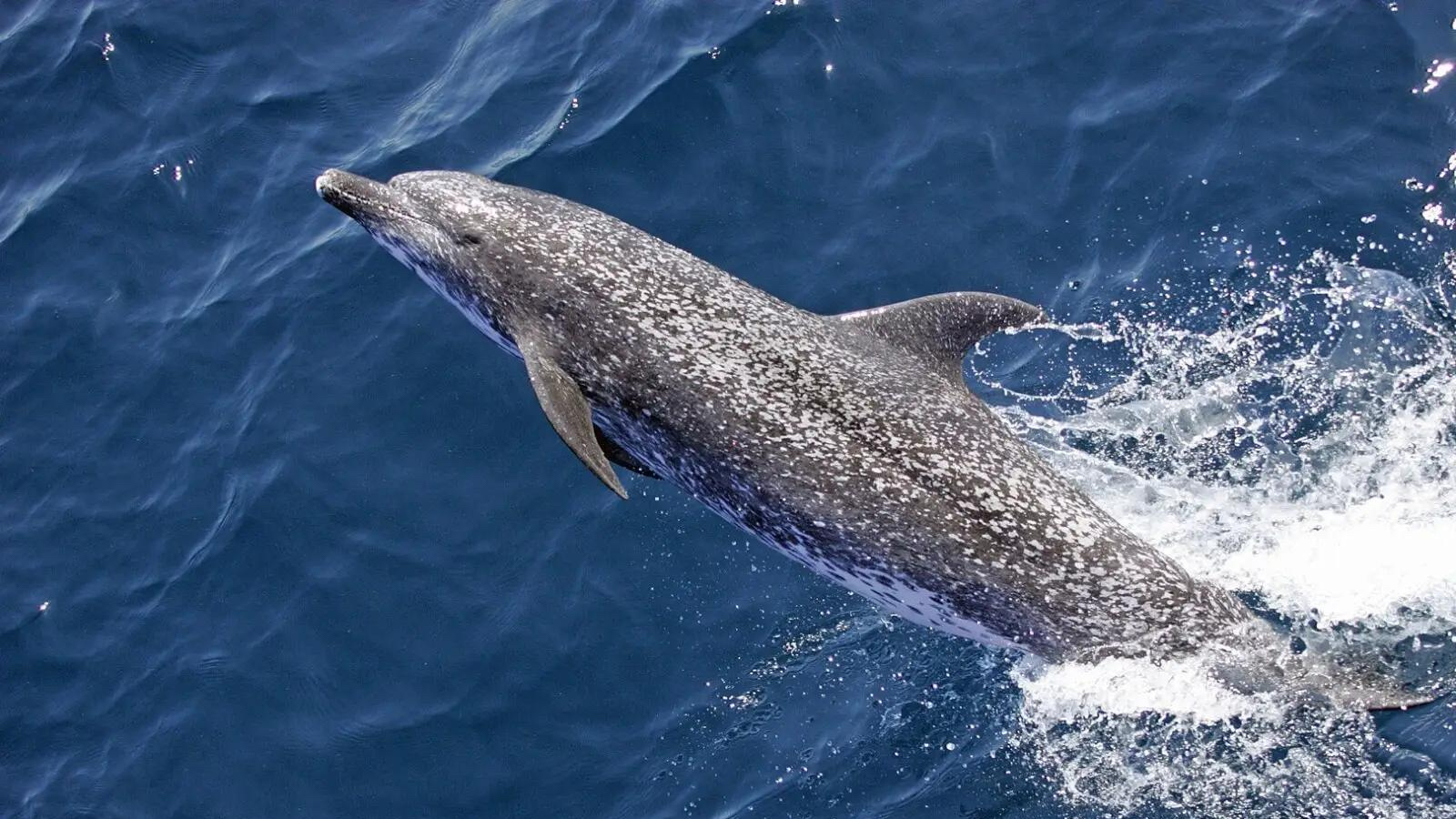
Dolphins of the Gulf of Mexico
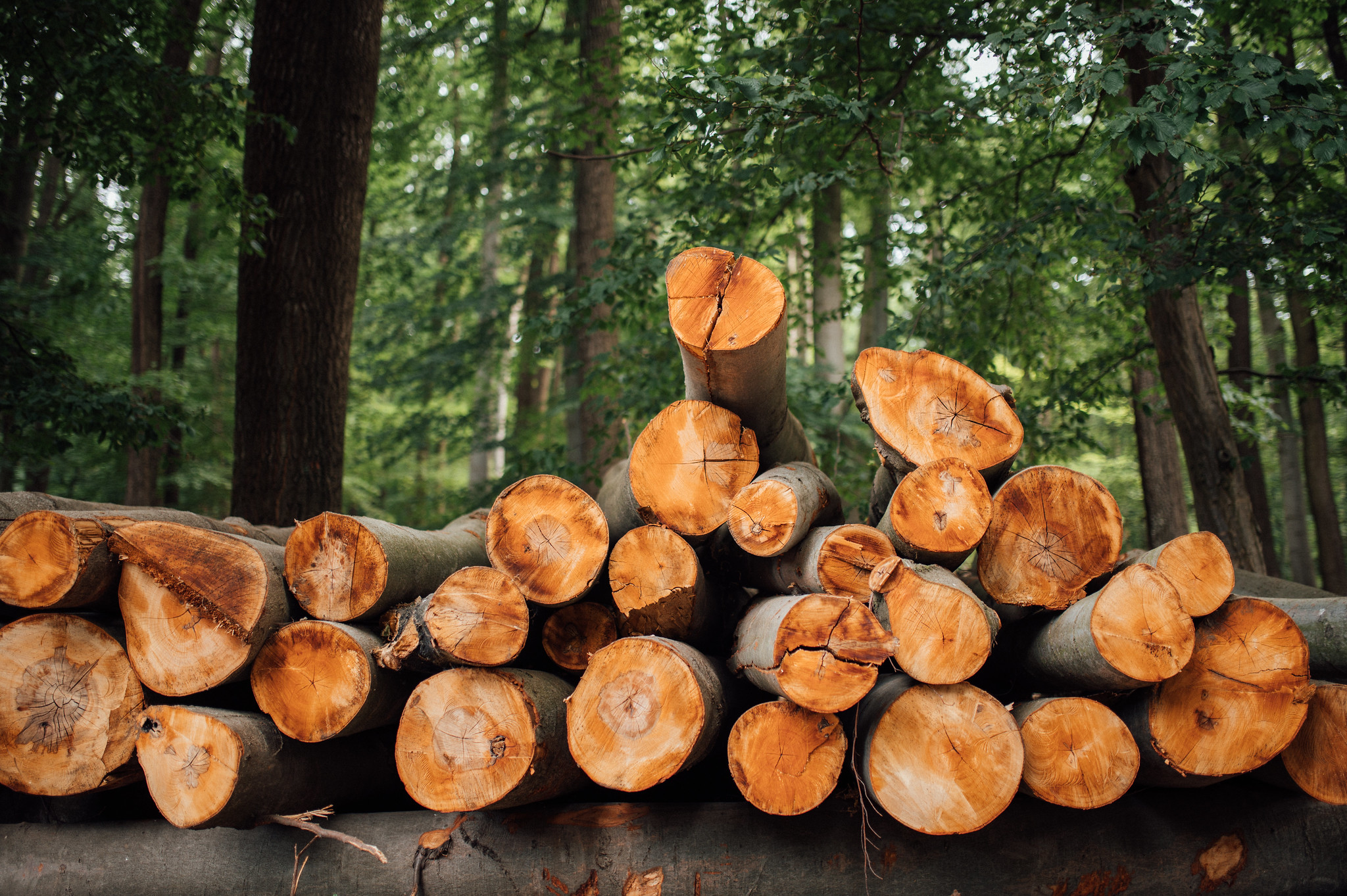
Which toilet paper companies are taking steps to be more sustainable?
